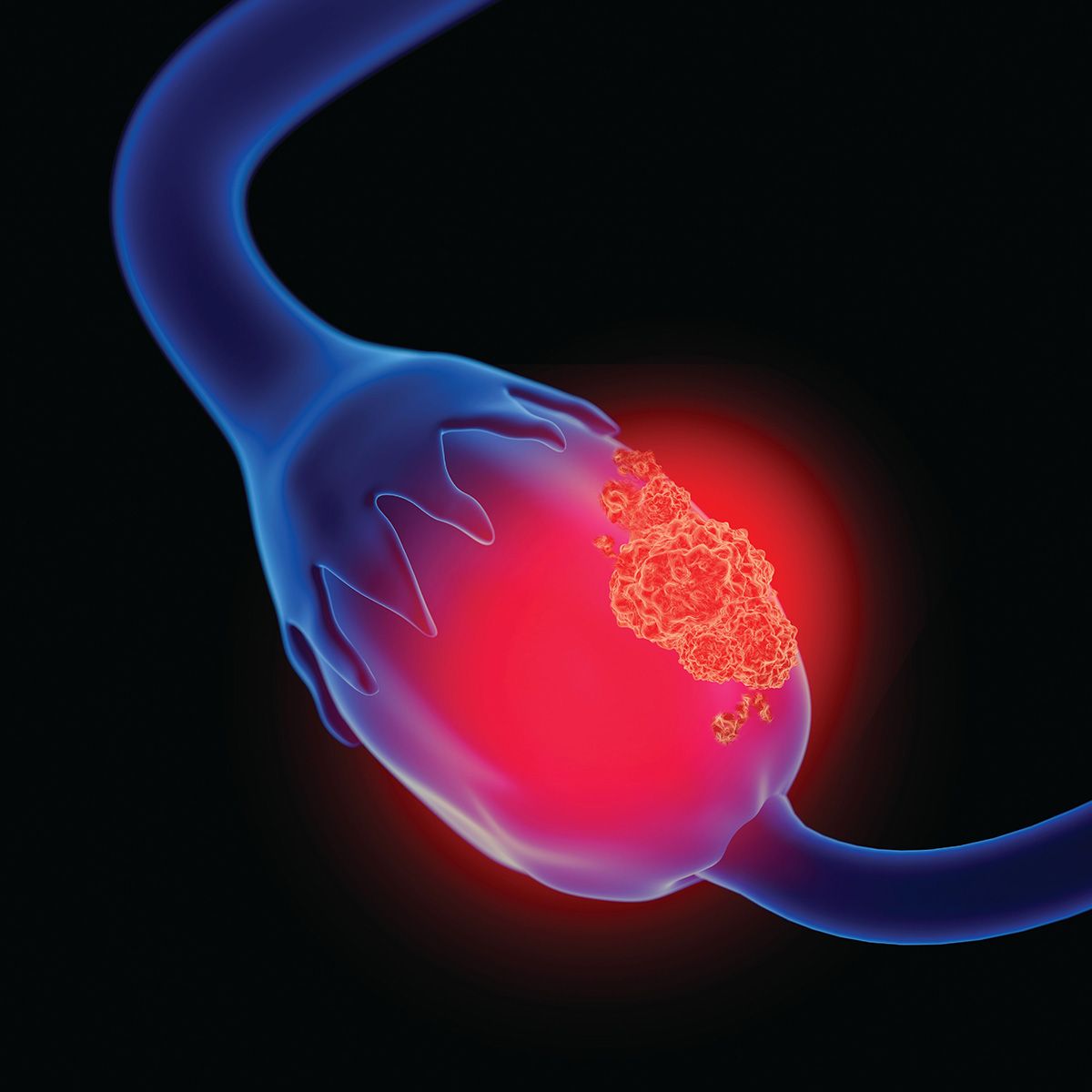Blog
Article
A Reflection on More Than 77,000 Hours of Cancer Caregiving
Author(s):
My wife faced ovarian cancer, breast cancer and multifocal motor neuropathy, and I was her only caregiver.

For the last 77,000 hours (24/7) I have been the only caregiver of my wife.
In 2005 my wife was diagnosed with ovarian cancer. She completed the whole hysterectomy and chemotherapy cycle. From 2005 through 2010 she was regularly followed with standard protocols. Then she was released and deemed “cancer-free.”
From 2010 through 2017 she received her annual mammogram screenings. During this seven-year period, no physician noted that many patients with ovarian cancer may develop breast cancer. No physician suggested considering a double mastectomy.
Then in June 2018, she received a call from her primary care physician that something was showing on her left breast. A needle biopsy showed invasive ductile carcinoma — triple-negative breast cancer. A lumpectomy was performed. Shortly thereafter, radiation treatment began, and CURE® magazine became standard reading material for me.
During a treatment session in November 2018, the radiation doctor noticed that she was not walking right. He thought it was drop foot and recommended that we see a neurologist.
Tests showed no current through her lower legs. Also, an ankle foot orthotic (AFO) was ordered. Many MRIs were also completed to check for back or brain conditions. In 2019, it became necessary for her to use a cane. She was checked for Lyme disease and many other neurological diseases like ALS. All lab tests (but one) were normal.
Her ganglioside (GM1) test showed extremely high results. Increased levels of the GM1 antibody are associated with neuropathy and motor issues. Thus, in April 2019 she received the multifocal motor neuropathy diagnosis. Alice started monthly infusions of immunoglobulin and some physical therapy after falling down on numerous occasions. Her immune system was attacking her neurological system. I did not understand. Then, I became an IG Living magazine reader.
By September of 2019, she had to use a walker for safety reasons. The disease had also made her incontinent.
Furthermore, cancer then came back to her left breast and required another lumpectomy. Then, six months later, the cancer came back again to the left breast. So, in 2022 she had a double mastectomy.
In 2021 she no longer could work or drive. This disease progressed, to her becoming completely homebound and quadriplegic, except for medical transport to doctor or hospital trips.
Then, in March 2023, I noticed that Alice had difficulty swallowing, so she completed a swallow study. It was recommended that she receive nectar thick liquids. I minced and diced all her foods three times a day as well as mixed Simply Thick as necessary in liquids. Alice had dysphagia now. Her speech was declining as well.
By March of 2024, her appetite declined, and I was worried about silent aspiration. In April 2024, she developed pneumonia and was taken to the ICU, intubated and an NG tube was inserted. She also developed another cancerous tumor under her right arm, even though she had a double mastectomy!
Alice spent 30 days in and out of the ICU.
Suddenly, she was forced out of the hospital, the NG tube was removed, and she was transferred to a hospice center where no hydration, no nutrition and no oxygen was given. The medical community at all levels simply gave up. She literally starved to death from multifocal motor neuropathy, which worked its way from her legs to her throat. She died on May 5, 2024 — three days after entering hospice.
Furthermore, I cared for her solely through great misery and sorrow. As the disease progressed, Alice lost all her friends, relatives and co-workers. No one called, no one came, no one cared except her husband of 27 years.
This post was written and submitted by Charles Elwert. The article reflects the views of Elwert and not of CURE®. This is also not supposed to be intended as medical advice.
For more news on cancer updates, research and education, don’t forget to subscribe to CURE®’s newsletters here.




